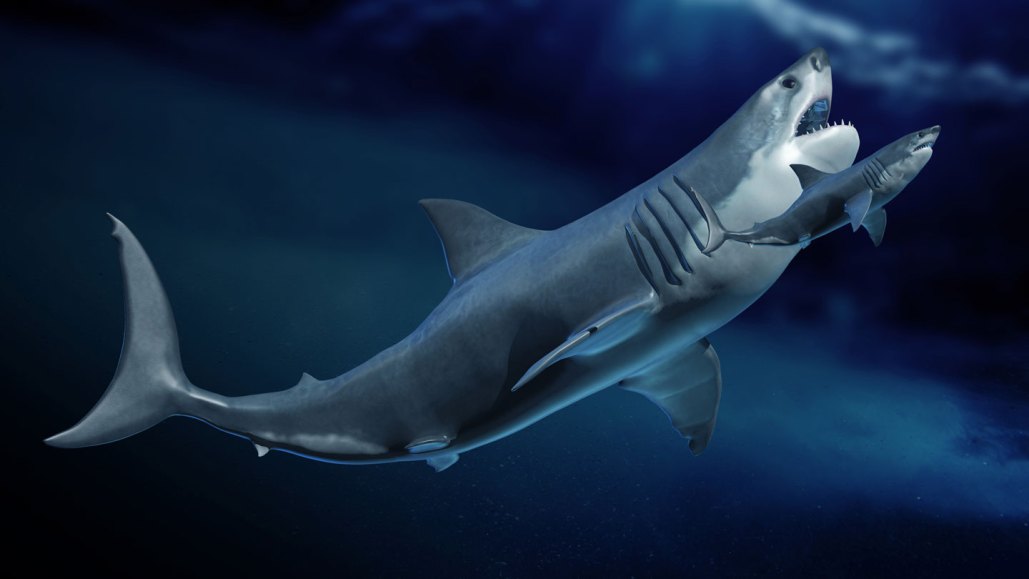Megalodon: A Massive Shark that Could Have Been a Slim, Elongated Giant

The reevaluation of the remains of the largest known shark, the Otodus megalodon, suggests that it may have actually featured a slender, elongated body as opposed to previous theories.
In an article released on January 22 in Palaeontologia Electronica, researchers argue that megalodon, an extinct predator shark, may have been larger and more slender than previously assumed. This reassessment could potentially enhance our understanding of the lifestyle and characteristics of the megalodon including its diet and its swimming speed.
Bringing back the shape and size of extinct animals based on the available fossilized remains is a difficult task. This is particularly true for the megalodon due to its cartilaginous skeleton which does not preserve well compared to bone. So, a significant part of the shark's structure is a mystery apart from some teeth and cartilaginous vertebrae fossils spanning many meters.
Previously, the body structure of the great white shark, the largest predatory shark currently alive, was used as a model for the megalodon. This stems from the fact that they belong to somewhat closely related families.
A recent 2022 study caught the attention of Kenshu Shimada, a paleobiologist at DePaul University in Chicago, and his colleagues. The study was based on megalodon remains from a museum in Belgium and it suggested the size to be over 11 meters. This created controversy due to an earlier study from the 1990s that estimated the size to be about 9 meters based on the vertebrae's diameters. Regardless of the discrepancy, both studies were in agreement that the megalodon would have had a similar figure to the great white shark.
In response, Shimada and his team have questioned the validity of applying the great white shark's shape as a standard for the megalodon. They argue that the megalodon's vertebral column is comparatively thin relative to the sturdier vertebrae seen in contemporary sharks such as great whites and makos. As a result, they suggest that the megalodon may have had a longer and leaner body, even bordering more on resembling a bus rather than a van.
Co-author, Phillip Sternes, an organismal biologist at the University of California, Riverside, says this study highlights the need to take into account multiple perspectives when reconstructing extinct creatures, particularly for ones as unique as the megalodon.
The study also suggests that the megalodon might not have had the same swimming strength as great white sharks, as the thinner, longer body would suggest a slower speed. This theory is also supported by prior research which took the shape of megalodon scales into account.
Despite the approach, some scientists, including vertebrate paleontologist Michael Gottfried, argue that the study still depends on the great white shark as a model in some aspects. He states that without additional fossil material from the head and fins, it remains a speculation on the final form and various other aspects of the megalodon.




